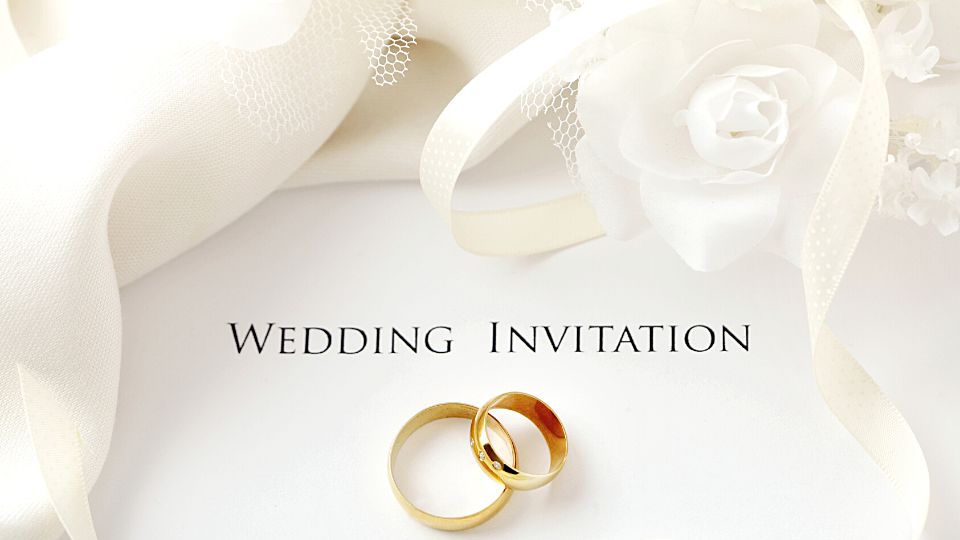When it comes to addressing wedding invitations, there are many important factors to consider, including whether to include middle names.
While traditional etiquette rules dictate that middle names should be included on formal invitations, modern trends and personal preferences may influence the decision. Additionally, cultural and regional differences, the relationship of the guests to the couple, and the typography and design choices of the invitation can all impact whether or not to include middle names.
In this article, we’ll explore the considerations for using middle names on wedding invitations and provide tips for balancing tradition and modern trends.
Do you use middle names on wedding invitations?
When it comes to addressing wedding invitations, one question that often arises is whether or not to include middle names. While traditional etiquette rules dictate that middle names should be included, modern trends and personal preferences may influence the decision.
Historically, middle names were included on formal invitations as a way to indicate social status and differentiate between individuals with the same first and last name. However, as social norms have evolved, the use of middle names on wedding invitations has become more of a personal preference than a requirement.
What names do you put on wedding invitations?
When addressing wedding invitations, there are a few key names that should be included:
- Hosts: If the wedding is being hosted by someone other than the bride and groom, their names should be listed first. This could include parents, grandparents, or other family members.
- Bride and groom: The names of the bride and groom should be listed next, usually with the bride’s name first. For same-sex weddings, the names can be listed in whichever order the couple prefers.
- Parents: If the parents of the bride and groom are being included on the invitation, their names should be listed below the names of the bride and groom. This can be done in a few different ways, depending on the family structure and personal preferences.
- Guests: Finally, the names of any guests being invited should be listed on the invitation. This could include family members, friends, or other loved ones.
When listing names on a wedding invitation, remember to use proper titles and to be consistent throughout the invitation. For example, if you are including middle names, be sure to include them for everyone. And if you are using titles such as “Dr.” or “Mrs.,” be sure to use them consistently for all guests.
This will help to ensure that the invitation is clear and informative, and that everyone feels properly included and respected.
Modern Trends and Preferences
Wedding invitations are an important part of wedding planning and reflect the style and personality of the couple. Traditional wedding invitations were often formal and structured, with a focus on etiquette and formality.
However, as wedding planning has become more personalized and inclusive, there has been a shift towards more modern and creative invitation designs. Couples are now opting for unique color schemes, custom illustrations, and unconventional layouts to make their invitations stand out.
Personal Preferences of the Couple and Their Families
When it comes to wedding invitations, personal preferences and family dynamics can play a big role in the decision-making process.
Some couples may choose to include their middle names on the invitation for clarity or to honor family traditions. Others may opt for a more casual or playful approach, using non-traditional wording or humorous illustrations.
Including Middle Names for Clarity
While traditional etiquette rules dictate that middle names should be included on formal invitations, modern trends and personal preferences may influence the decision.
Including middle names can be a way to differentiate between individuals with the same first and last name, or to honor family traditions. However, for less formal invitations or for couples who prefer a more modern approach, middle names can be left out.
Considerations for Middle Names on Invitations
When it comes to including middle names on wedding invitations, there are several important considerations to keep in mind. These include cultural and regional differences, the relationship of the guests to the couple, the length and format of names on invitations, and typography and design choices.
Cultural and Regional Differences
Cultural and regional differences can play a role in whether or not middle names are included on wedding invitations. For example, in some cultures, middle names are considered more important and may be included on formal invitations.
Similarly, in certain regions of the world, middle names are commonly used and expected to be included on invitations. You should research the customs and expectations of your particular cultural or regional background when creating your wedding invitations.
Relationship of the Guests to the Couple
For close family members and friends, middle names may not be necessary, as the guests are likely to already know the full names of the couple and their families. However, for more distant or less familiar guests, including middle names can help to avoid confusion and ensure that everyone knows who is being invited.
Length and Format of Names on Invitations
Including middle names can make the invitation look longer and more cluttered, which can be a concern if you are working with limited space.
Typography and Design Choices
Finally, the typography and design choices of your wedding invitation can also impact whether to include middle names. If you are using a traditional, formal font, including middle names may be more appropriate.
On the other hand, if you are using a more modern or playful font, leaving out middle names may fit better with the overall style of the invitation.
Final Thoughts
When deciding whether to include middle names on wedding invitations, personal preferences and family dynamics should be taken into account. Additionally, cultural and regional differences, the relationship of the guests to the couple, the length and format of names on invitations, and typography and design choices should all be considered when making this decision.
Ultimately, it is up to the couple to decide what works best for them.





